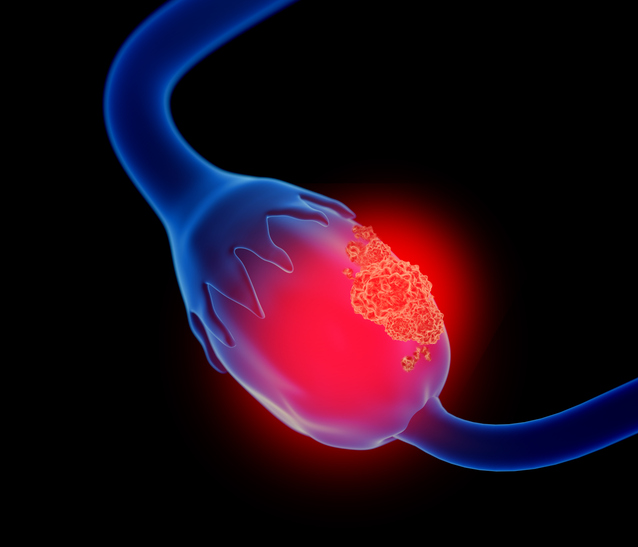
A group of Danish researchers has recently developed a biosynthetic scaffold that may be able to generate an artificial ovary. If viable, this artificial ovary may be able to preserve a woman’s fertility in the event of cancer.
The scaffold used for this artificial ovary will be comprised of either the woman’s own tissue, or donated tissue combined with her own follicles. “It is newly constructed, but biological,” says Dr. Susanne Pors, the researcher at the University Hospital of Copenhagen Righospitalet who co-authored the study.
Chemotherapy and radiotherapy are two common cancer treatments that often damage the ovaries and negatively impact fertility. Current ways to compensate for this include extracting and freezing the woman’s eggs for in vitro fertilization when she decides to have a child, or a similar process in which ovarian tissue is removed, frozen, and reimplanted after cancer treatment. For egg freezing or infertility solutions services, visit this page to opt with the said issues or concerns relating to the woman’s eggs.
The latter of these two procedures is less prevalent because the excised ovarian tissue may contain malignant cells that when reimplanted would cause recurrent cancer. The American Society of Reproductive Medicine labels this operation as “experimental” due to the unpredictability of reintroducing malignancy to an individual after undergoing treatment.
The artificial ovary would eliminate this risk of reimplanting cancerous tissue. The theory behind the artificial scaffold is that it will allow early stage follicles that were previously extracted and frozen to naturally develop into a viable ovary.
“This is the first time that isolated human follicles have survived in a decellularized human scaffold”
Using donor tissue, the researchers eliminated all cancerous cells then extracted follicles. Pors states that the follicle itself is impermeable to cancer due to its protective basal membrane. The remaining matrix consisted of collagens and proteins. Combining this scaffold with early stage follicles allowed in vitro follicular cell development.
The researchers also implanted early stage follicles and this matrix into mice to test in vivo efficacy of this procedure. They found that follicular development occurred normally in these living mice, supporting the use of this innovative procedure to restore fertility after cancer treatment.
Though these early results are promising, the technique must be researched much further before being used in human clinical trials. Dr. Daniel Brison of the University of Manchester fears that the ovarian cells left behind when the eggs and surrounding cells of the follicle are reimplanted may be necessary for proper ovarian development. If this is true, the function of the artificial ovary could be severely impaired. He states that “it is not possible to tell until the data from this research group have been peer-reviewed by the scientific community and published in a scientific journal.”
An artificial ovary may soon be possible, according to researchers who have engineered an ovarian “scaffold” on which early-stage cells can develop into functional follicles https://t.co/HcFdK6H80M pic.twitter.com/3EzDSBVOxj
— CNN (@CNN) July 2, 2018







 © 2025 Mashup Media, LLC, a Formedics Property. All Rights Reserved.
© 2025 Mashup Media, LLC, a Formedics Property. All Rights Reserved.